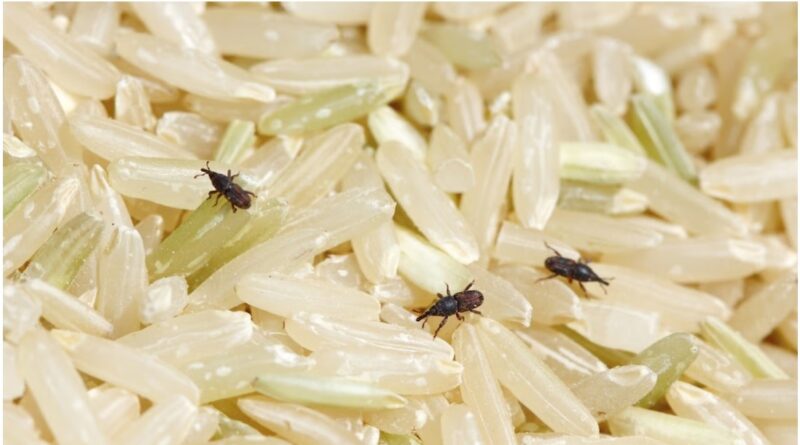Deadly rice virus spreads across Africa, threatening food security: Study
By Gargi Gaur
Across Africa, once healthy rice fields are turning yellow, yields are falling and farmers are facing growing uncertainty. At the heart of this crisis is a viral disease called Rice Yellow Mottle Virus (RYMV) that has been spreading silently but persistently across the continent for over a century.
A genomic study published June 17, 2025 in the open-access journal PLOS Pathogens revealed the outbreak of RYMV across African rice ecosystems. This followed repeated warnings about the risks posed by unregulated seed movement and weak biosecurity.
Eugénie Hébrard of the Institut de Recherche pour le Développement (IRD, France), along with a multinational team of researchers, analysed gene sequences from 335 virus samples collected over 770,000 square miles in East Africa between 1966 and 2020. Based on variations and similarities in the gene sequences, the researchers found evidence that RYMV emerged in the middle of the 1800s in the Eastern Arc Mountains, a biodiversity hotspot, now part of Tanzania, where people grew rice for slash-and-burn agriculture. From these wild grass ecosystems, RYMV spilled into nearby rice fields, particularly in regions like the Kilombero Valley and Morogoro in southern Tanzania.
Rice, once secondary in many African diets, has now replaced maize in many regions, especially in West Africa, due to its quicker cooking time, adaptability and growing urban preference.
Humans have been a big reason behind how the virus spread. It travelled along trade routes, during colonial times and even through wartime transport. That’s how it moved from the Indian Ocean coast to Lake Victoria and later reached Madagascar by the 1970s. This shows that diseases like this can quickly spread through the way people share seeds or move around.
The study indicated that farming safety systems are breaking down. In areas with war or unstable governments, it’s harder to keep watch for plant diseases. On top of that, unusual weather and changing farming seasons are making things worse, giving the virus more chances to spread across different types of farmlands and aggravating the situation.
The researchers called for urgent investments in regional genomic surveillance, stringent seed quarantine protocols and the rapid development of disease-resistant rice varieties.
At its core, the study urged a shift from reactive crisis management to proactive protection, emphasising the need to strengthen biosecurity, prioritise surveillance and accelerate the development of resilient crop strains.
This article has been republished from The Down To Earth Magazine.

